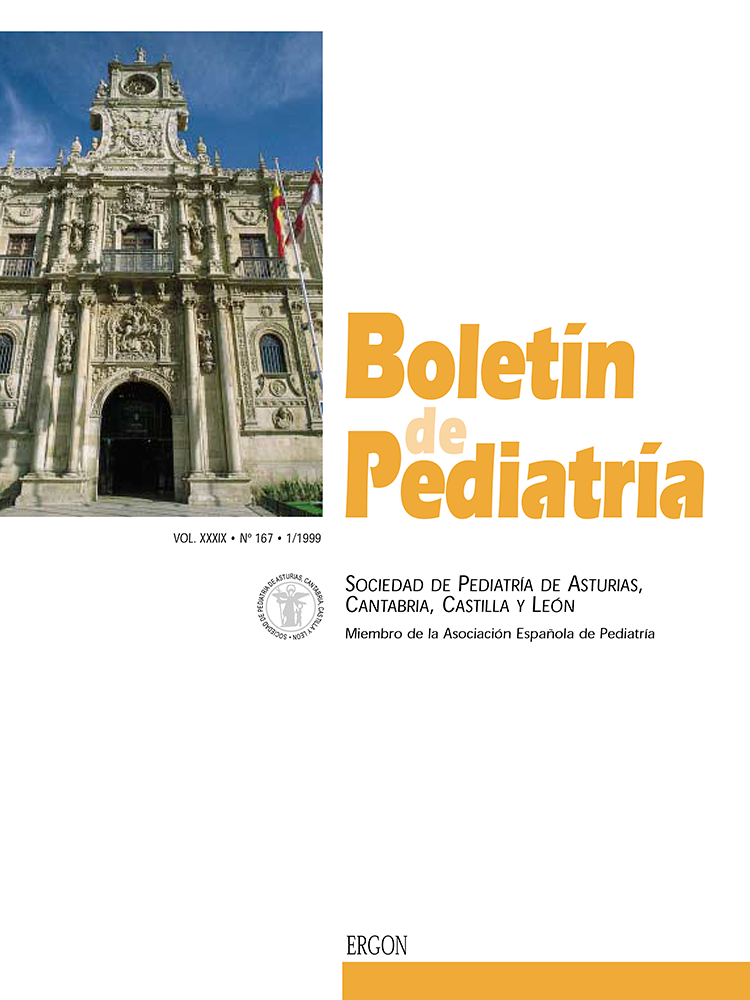Abstract
Urinary incontinence in children and young adults is severe social and physical burden. The most common cause in the childhood is congenital spinal dysraphism, and it is more rarely due to other causes. Formerly the only therapeutic measures consisted on urinary derivations with high degree of failure and complications, later in 1970 Lapides introduced the clean intermittent catheterization improving the continence in these children. From 1973 the urinary artificial sphincter AS 792 is introduced in treatment of urinary incontinence, it has suffered modifications until the current model AMS 800, it is at this time the only device implantable. The artificial sphincter AMS 800 has achieved satisfactory continence with consequent improvement in the quality of life without long-term risks in selected group of children with urinary incontinence secondary to intrinsic sphinteric deficiency. As all artificial devices it has indications complications and benefits.

This work is licensed under a Creative Commons Attribution-NonCommercial 4.0 International License.
Copyright (c) 1999 Boletín de Pediatría
